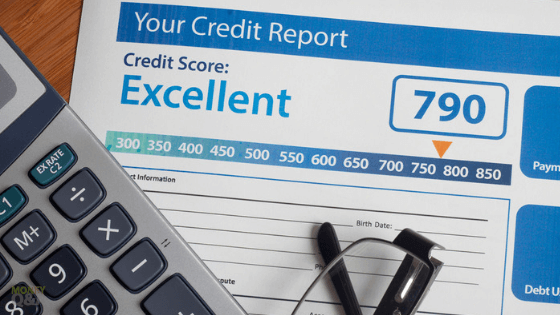Filing for either Chapter 7 or 13 bankruptcy might seem like taking the monkey off your back. Once you do, the pain of a low credit score sets in. Low credit scores are diabolical in how they block you from owning a new car or affording proper housing. But, there’s no good in punishing yourself. Now is the time to get determined to build credit after bankruptcy.
Those who file for Chapter 7 will notice an immediate reduction in their debt-to-income ratio. Chapter 13 applicants can refinance after 18 months, and they have home equity. Use those periods to rebuild your credit score. Aim for 650 or above, and you’ll be back to normal in no time. Listed below are some suggestions to get you started.
How to Build Credit After Bankruptcy
Review Your Credit Reports
There are numerous outlets that allow you to review your credit information for free. Whatever service you go with will aggregate their data from your credit history. That doesn’t mean all of it will be accurate.
Once you get your free credit report, check for any errors. Keep in mind, you will notice a few negative marks. Your bankruptcy, for one, will register on future reports for 10 years. Retain any copies of previous bills, receipts, and checking balances to confirm or deny any suspicious data.
Open Deposit Accounts
Under certain state laws, lost earnings payments and public benefits such as social security, Veteran’s benefits, and unemployment are considered federal bankruptcy exemptions. Funds from these earnings should be put into deposit accounts.
What comforts lenders the most is the extra pockets of income. Multiple bank accounts signal a borrower with financial responsibility. Keeping money tucked away in multiple accounts will also give you several outlets to draw funds from. Just remember to always diversify new funds in equal amounts.
Credit-Builder Loan
Once you’re qualified to apply for loans again, you don’t want one that sets you on the bankruptcy path again. Secured, or “credit-builder,” loans are designed to help you reclaim your once perfect credit score.
In order to apply for a credit-builder loan, you’ll need a line of collateral. This is where your savings accounts, or a vehicle, will come into play. You’ll then be given a set line of credit that discourages overspending. Be certain you understand and can afford the monthly fees and interest rates. If you don’t make timely payments, then it puts your collateral at risk.
Get a Secured Credit Card
Getting a new credit card, after canceling the old ones, is best reserved for those confident in their current situation. After a bankruptcy, you might want to start small and build your line of credit as your rating grows.
Secured credit cards have no annual fees and the line of credit is equal to the deposit you put down. The ideal credit company makes regular check-ups with your three credit bureaus. When your score improves, the card becomes unsecured and you get the deposit back. Don’t get hung up on rewards. Just enjoy your new and improved score.

